PAINTING THE LANDSCAPE IN OILS |
||||||||||||||||||||||||||||||||||||||||
Rural British Landscape Art
Soft pencil or charcoal is best for the initial drawing, especially on canvas. Hogs hair brushes are best suited for oil painting. The main types are: flats, brights, filbert, and round. Sable, fitch, and squirrel hair brushes are also used, mainly to apply highlights and detail to the painting. 
A palette is essential for mixing paint. Shown here is a traditional style wooden palette, but any non-absorbent board will do, even an old dinner plate. 
Palette knives are for mixing paint on the palette or applying large amounts of paint to the canvas. Turpentine and linseed oil are used to thin the paint. For the best results use good quality tubes of oil colour. The surface to be painted is usually referred to as the support. Stretched canvas, oil painting boards and oil painting paper are the most common. Hardboard can be used but must be primed with at least three coats of acrylic primer. There are several types of easel. Shown here is a radial studio easel, which can be adjusted for height and the size of canvas (support). 
A good supply of rags, for wiping surplus paint off brushes and cleaning the palette, should always be at hand. This is a small canvas 16 inches x 12 inches (40x31cm approx.) The first layer of paint is applied as a thin wash, using paint mixed with turpentine and a little linseed oil, start with the sky and block in the main areas of colour. 
Keep the colours as simple as possible at this stage, try to use the colours you see but in darker tones.  When the main blocks of colour have been applied, begin to fill in the darkest areas. Put in some of the darker details, for example the trees in the background. If possible leave surface to dry. 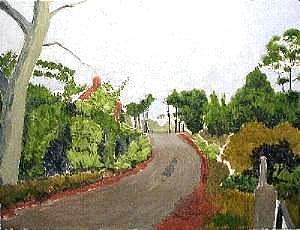 Back to the sky: Starting from the horizon, work in the colour and first details of the sky. 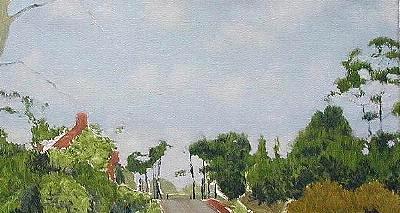 Paint in the furthest points on the horizon working forward to the middle ground of the painting. You can now start to paint in the details across the middle ground of the picture. 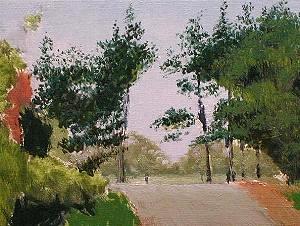 Add some detail and dark areas to the middle ground of the picture. 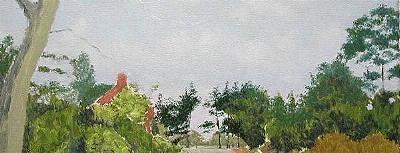 Paint in the furthest points on the horizon working forward to the middle ground of the painting. You can now start to paint in the details across the middle ground of the picture.  Work in the middle ground. 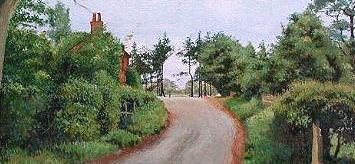 As you paint towards the foreground, work in some details, but make sure you do not completely lose the darkest areas which give the painting depth. 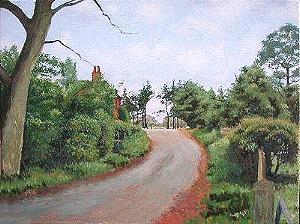 Work in the foreground of the painting.  Complete the final details and the highlights. 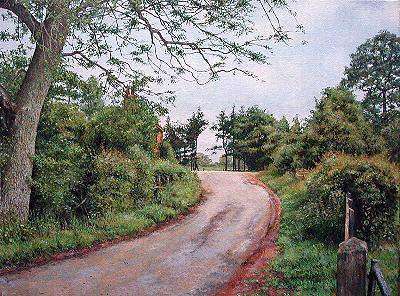 Visit Kim Loydall's Website Tutorial is copyright of Kim Loydall
|
||||||||||||||||||||||||||||||||||||||||
Oil Painting Lessons
Art Lessons |








